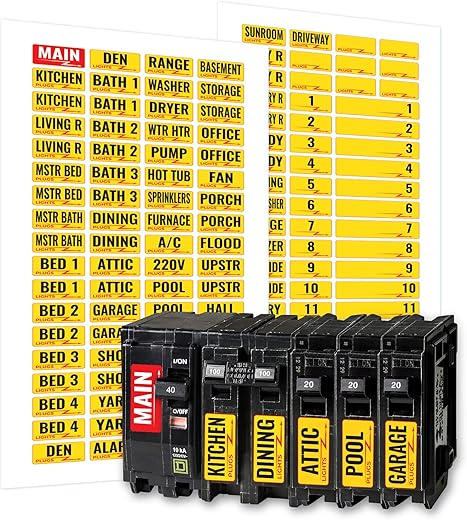









Understanding Information Panels: Your Guide to Effective Data Presentation
In today’s fast-paced digital world, information is abundant, but clarity often gets lost in the shuffle. Have you ever found yourself overwhelmed while sifting through endless data? This is where information panels come to the rescue! They act as your trusty compass, guiding you through the wilderness of information. Let’s dive deeper into what information panels are, their importance, and how to create one that stands out.
What is an Information Panel?
An information panel is a concise and organized display of data, often found in websites, apps, or even physical spaces. Think of it as a digital signpost, providing essential information at a glance. Whether you’re looking at a product description online or a summary of key points in a presentation, these panels serve to distill complex information into digestible formats.
Imagine walking into a library crowded with books. Without a well-organized catalog or a clear signpost, you might feel lost. An information panel serves as that essential guide, making sense of what could otherwise be a chaotic experience.
Why Are Information Panels Important?
The importance of information panels cannot be overstated. In a world where attention spans are dwindling, these panels ensure that critical information is presented succinctly and engagingly. Here are a few reasons why they matter:
1. **Enhanced User Experience**: When users encounter clear and concise information, their overall experience improves. Think about it—would you rather read a long-winded paragraph or quickly glance at a well-structured panel that gives you exactly what you need?
2. **Improved Accessibility**: Information panels cater to various learning styles. Visual learners, for instance, benefit from images and infographics commonly used in these panels. This inclusivity promotes better understanding across diverse audiences.
3. **Increased Engagement**: Engaging content captures attention. An information panel that utilizes visual elements, colors, and interactive features can significantly boost user engagement. It’s like adding a splash of color to a black-and-white painting.
How to Create an Effective Information Panel
Creating an effective information panel involves a blend of art and science. Here’s a step-by-step guide to help you craft one that is both informative and engaging:
1. Define Your Purpose
Before diving in, ask yourself: What do you want to achieve with this panel? Are you presenting product features, summarizing research, or displaying statistics? Clearly defining your purpose will guide the entire design process.
2. Keep It Simple
Simplicity is the cornerstone of an effective information panel. Avoid overwhelming the viewer with too much text or excessive graphics. Instead, focus on delivering key messages in a clear and concise manner. Remember, less is often more!
3. Use Visual Hierarchy
Utilizing visual hierarchy is crucial for guiding the viewer’s eye. Start with a bold headline that encapsulates the main idea, followed by subheadings and bullet points. This structure helps users absorb information quickly, akin to skimming through a well-organized table of contents.
4. Incorporate Visual Elements
Images, icons, and infographics can elevate your information panel. They serve as visual cues that reinforce the text. For instance, a pie chart can effectively illustrate data percentages, making numbers easier to grasp.
5. Ensure Mobile Compatibility
In our mobile-dominated world, ensuring that your information panel is mobile-friendly is vital. Test how it appears on various devices. If it’s difficult to read on a smartphone, users may quickly lose interest.
6. Solicit Feedback
Once you’ve created your panel, don’t hesitate to seek input from others. Fresh eyes can provide invaluable insights on clarity, design, and overall impact. It’s like having a second opinion on a major life decision—sometimes, it’s just what you need!
Conclusion
In an age where information overload is the norm, mastering the art of the information panel can make a significant difference. By presenting data in a clear, engaging, and visually appealing manner, you enhance user experience and understanding. So, the next time you need to convey important information, remember: an effective information panel could be your best ally.
FAQs
1. What types of information can be displayed in an information panel?
Information panels can display a wide variety of data, including product features, statistical data, summaries of research findings, and even FAQs. The key is to present information that is relevant and easy to understand.
2. Can I create an information panel without any design experience?
Absolutely! Many online tools and templates can help you create visually appealing information panels, even if you don’t have a background in design. Platforms like Canva and Piktochart offer user-friendly interfaces for creating stunning visuals.
3. How often should I update my information panels?
Regular updates are essential, especially if the information presented is subject to change. Aim to review your panels periodically, ensuring that all data is current and relevant to your audience.
